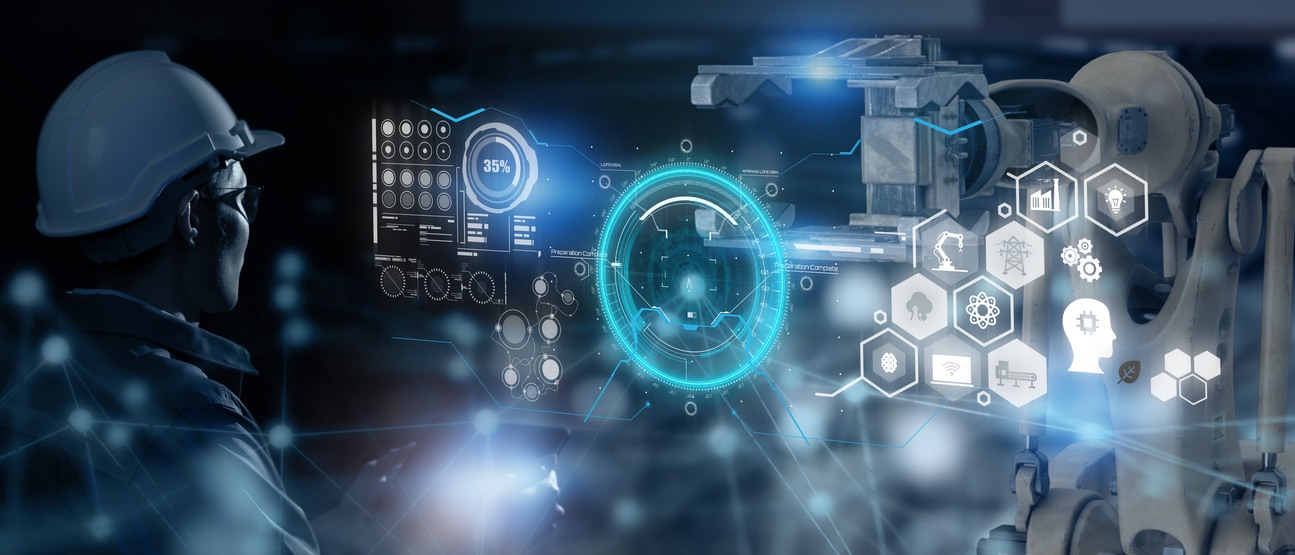Sunith Bandaru
School of Engineering Science


Today, industries have access to various advanced digital technologies for increased productivity, quality, efficiency and sustainability. However, a successful transition to Industry 4.0 requires everyone within the organisation to be on board – at all levels.
The fourth industrial revolution – Industry 4.0 – has opened up many opportunities for businesses to connect physical production with digital technologies for increased competitiveness and profitability in today’s rapidly changing markets. But this is a big transition, involving both technological and organisational challenges. One of the biggest challenges is the sheer number of different core technologies, such as big data, the internet of things (IoT), cyber-physical systems, robotics, AI and augmented reality, and the implementation and integration of these technologies throughout the organisation’s value chain.
One example of an application area is predictive maintenance, where problems with machinery can be predicted before they occur. Instead of scheduling regular maintenance for all machinery, IoT devices can be used to collect data from equipment continuously and then analyse it in real time to predict when each individual machine is likely to require maintenance. This makes it possible to save on both maintenance costs and resources. There is also a benefit for the environment, as some components can be used for longer than with scheduled maintenance.
Another area is human-robot collaboration, where collaborative robots work alongside human operators and take over certain tasks. Unless operators are on board and see the benefits of working with robots, there is a significant risk that the process will be delayed.
For the transition to Industry 4.0 to work, everyone has to be involved and understand why it needs to be done. This involves massive changes that affect everyone in the organisation, both at management level and on the shop floor, so it is important that everyone knows why the change is being made, so they all pull in the same direction. When problems arise, it is also important that everyone can work together, from operators and technicians to IT and production.
WISER offers courses that provide broad knowledge about the Industry 4.0 concept and the related core technologies. The focus is on understanding the challenges that exist within the area, and looking at possible ways to tackle them. The courses are aimed at managers, engineers, technicians and operators who want to get a clearer picture of Industry 4.0 and its challenges and opportunities.